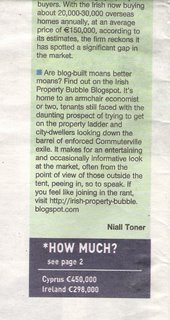From MarketWatch. “Evidence is mounting that the global property cycle is turning down, as rising interest rates and heightened inflationary pressures combine to put the brakes on demand for real estate, according to a Morgan Stanley report.”
“‘Due to deflation shocks, global inflation has been low, which allowed major central banks to keep interest rates very low, in turn fueling property,’ economist Andy Xie said. ‘As inflation picks up simultaneously around the world, interest rates are rising everywhere, and the property boom is turning into a bust.’”
“Unlike in previous property cycles, Xie said institutional property investors have been active in shifting capital between different cities, leading to the rare situation where prices gained in unison around the world.”
“‘Innovations in the global financial system have led to a rising correlation of property markets to each other and central bank-policies. It has essentially turned deflationary shocks of the past 10 years into a global property bubble,’ Xie said.”
“He cites some telling statistics to illustrate his point. The value of U.S. housing has risen to 173% of gross domestic product in 2005 from 135% in 2000. And in Australia, housing values rose to 347% of GDP in 2005 from 271% in 2000.”



